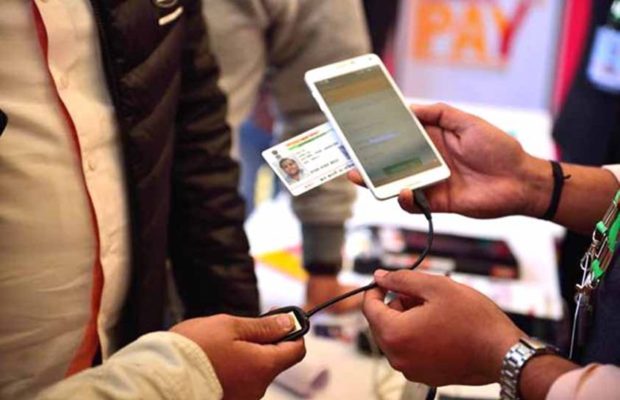Even though India was essentially under a lockdown for an entire week in March to combat COVID-19, it seems to have done little to hamper biometric transactions to withdraw cash: In March 2020, 181.81 million biometric transactions were done on Aadhaar enabled Payments Services, data released by the National Payments Corporation of India show. For comparison, in January and February, 225.47 million and 216.72 million biometric transactions were done on AePS, meaning that numbers have not dropped as drastically as they should have, given that the entire nation was practically under lockdown since March 25, certain states were under lockdown even before that. https://twitter.com/NPCI_NPCI/status/1245253999248326657 AePS works using a Point of Sale (POS) machine, and instead of using a debit/credit card, uses a person’s Aadhaar number, which is linked to their banked account. The transaction will then have to be authenticated using the person’s biometric data. In most cases, people authenticate transactions using a fingerprint reader, given that iris scanners are not readily available with the Bank Correspondents or agents, Srikanth L, of Cashless Consumer, a consumer collective focussed on digital payments, told MediaNama. The fingerprint reader, in this case, can potentially spread the coronavirus given that it is a very common touchpoint. Srikanth told us that not suspending biometric transactions for withdrawing cash is majorly going to affect the poor. "While many government offices, and in some states, even PDS shops have suspended biometric authentication to prevent spread of COVID-19, when it comes to withdrawing cash, there is no option for…




























